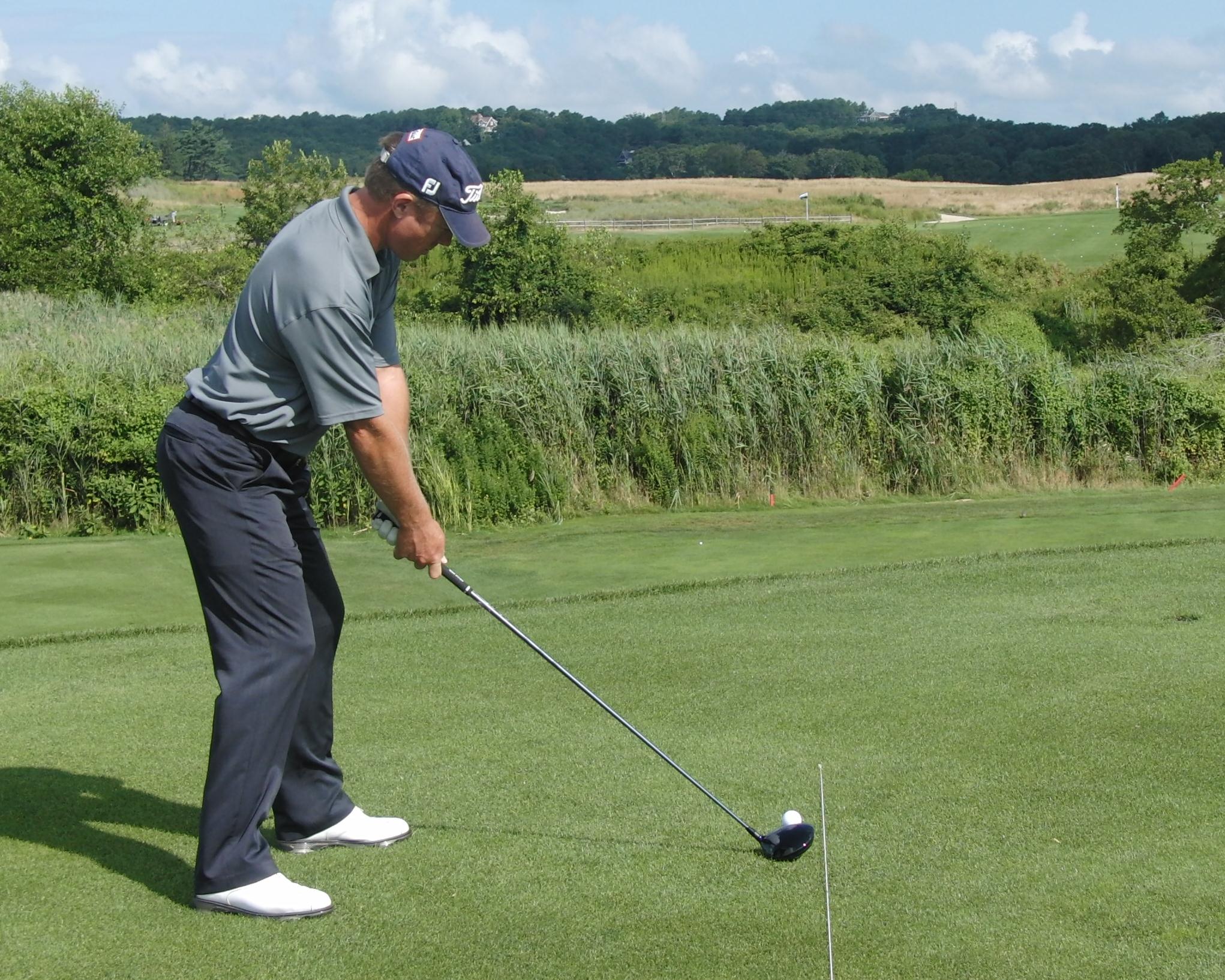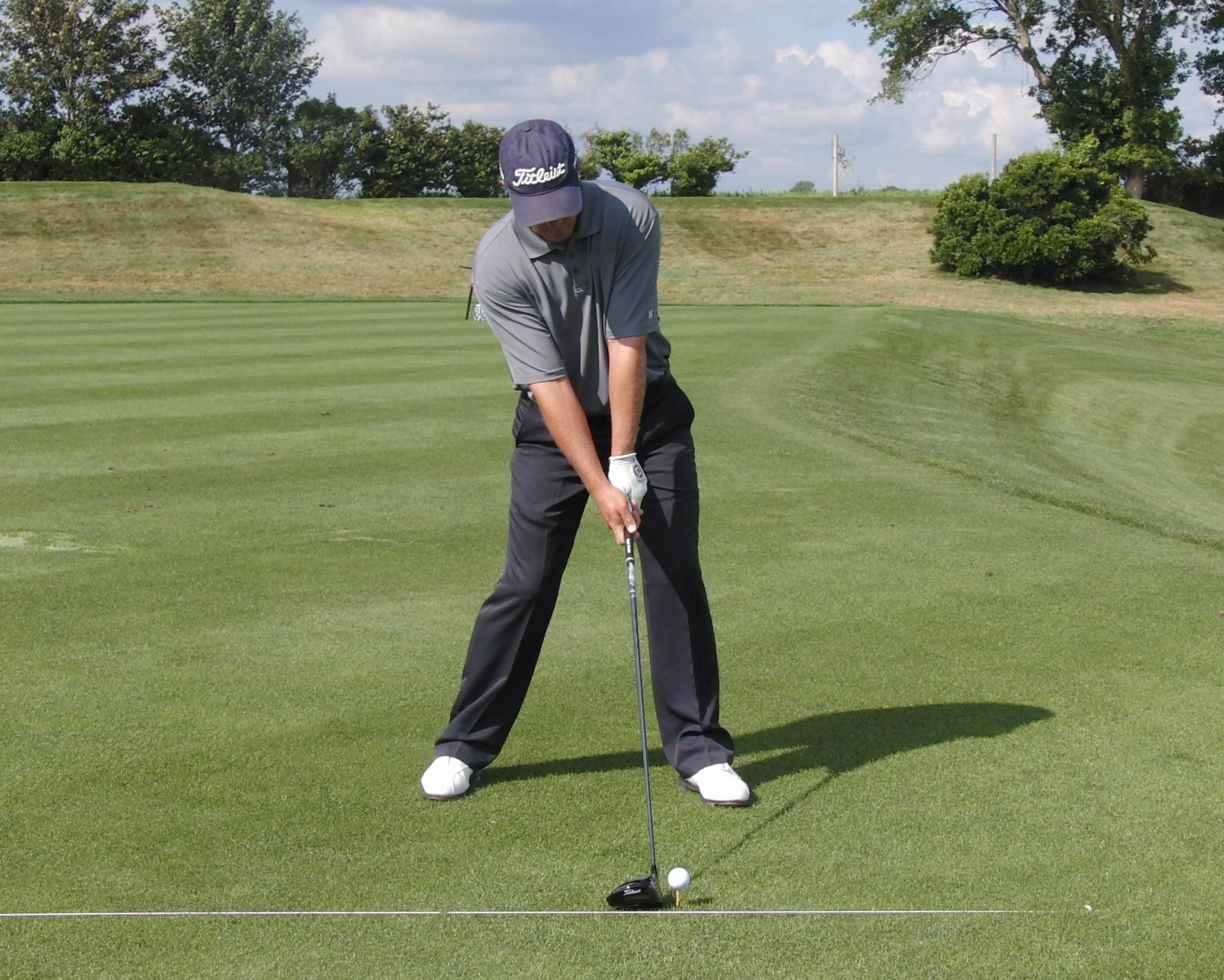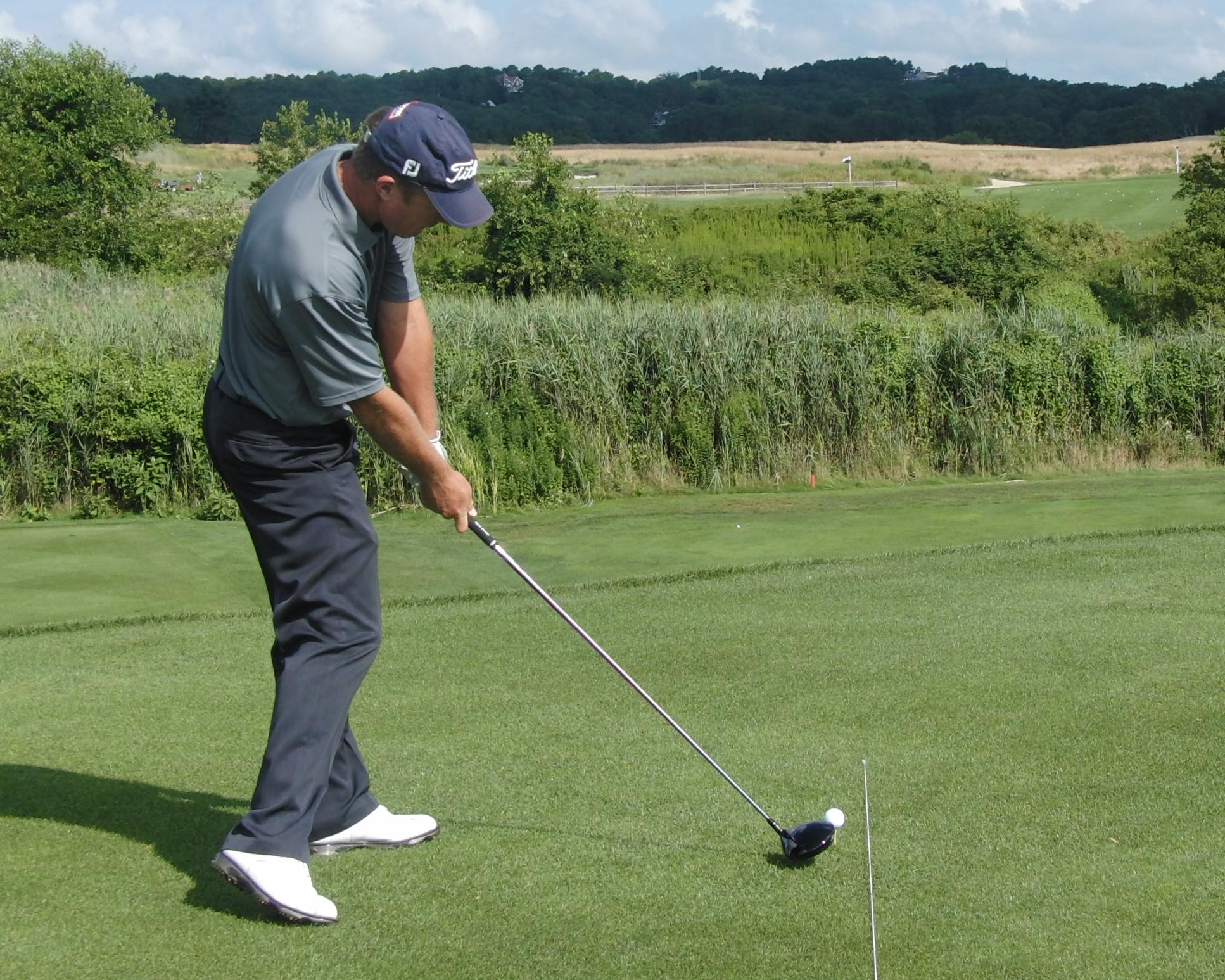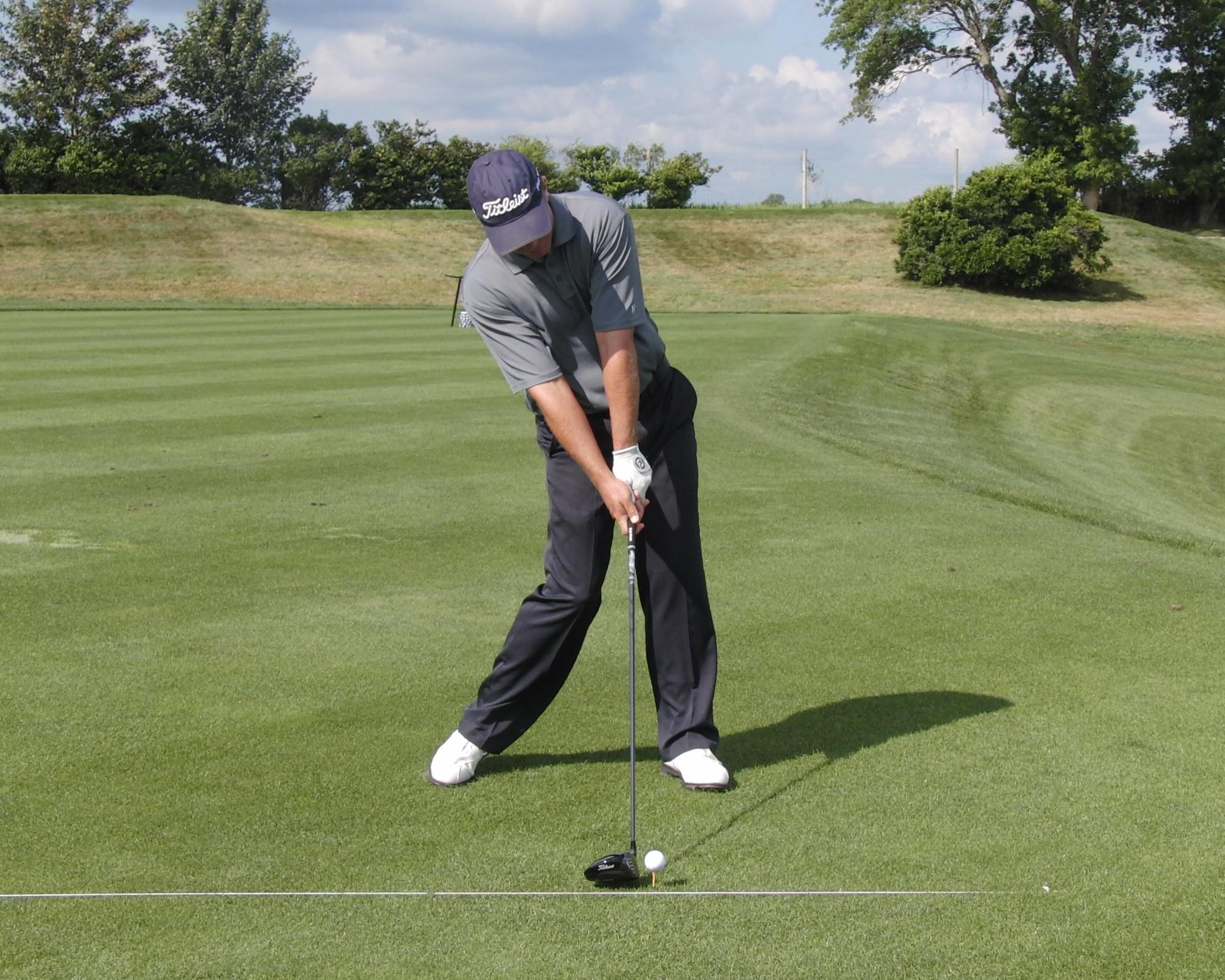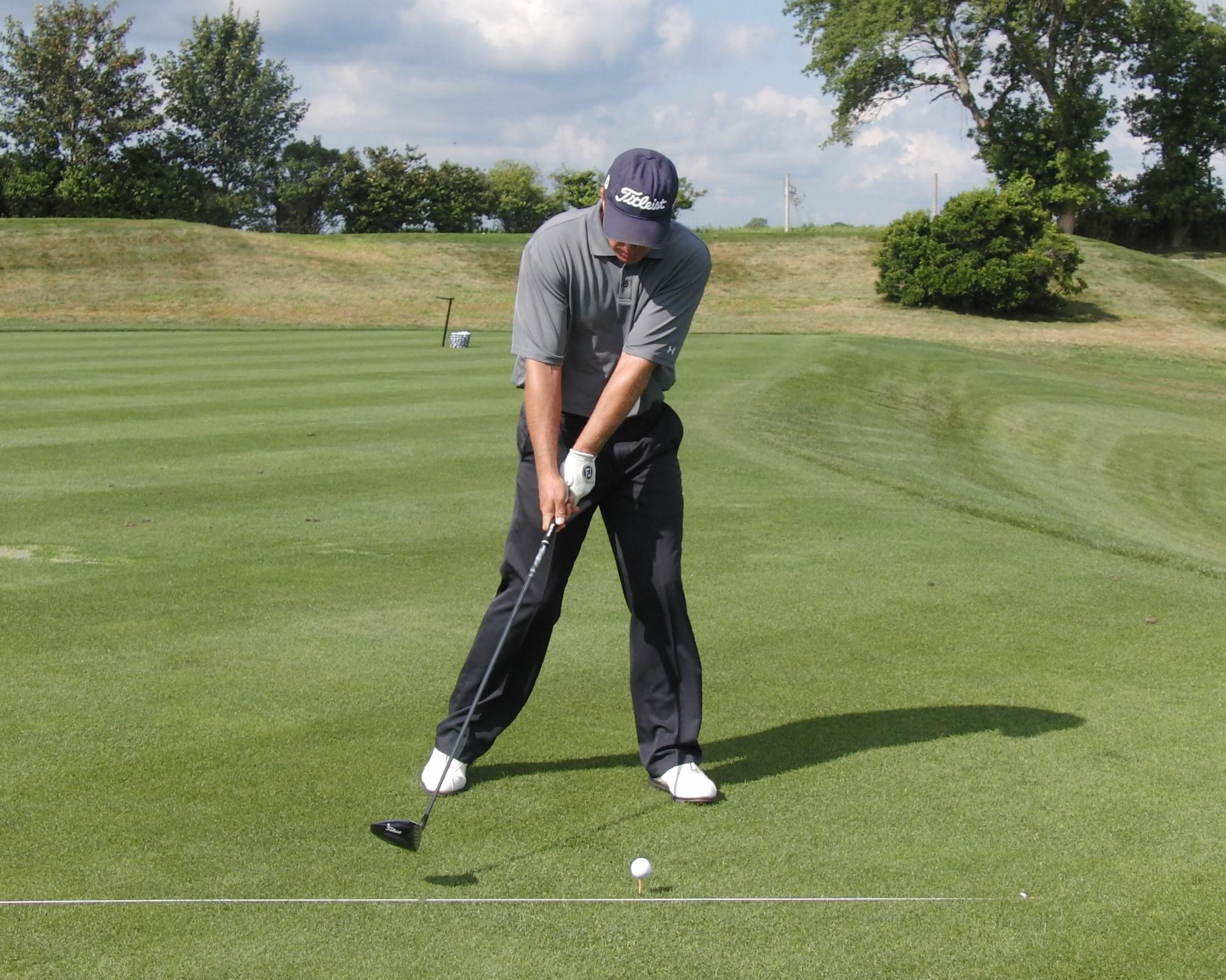When You Play: Watch or No Watch?
/Can playing with a watch on help or hurt your game? Now, other than having quick access to the time to see how late you are getting home the results of this test are a no brainer - leave your watch in the bag!
Our fitness trainer at Berkeley Hall, Derek Lemire, was down hitting a few drivers and I thought he'd make for a good subject. Derek is dangerous off a 6 handicap and has improved dramatically the last few years.
For the test I asked Derek to hit shots without a watch, with a single three ounce watch and just for kicks with two three ounce watches. He hit three shots in each condition, I would delete data for the worst shot of the three and then we repeated. The Trackman results were very interesting:
No Watch
- Club Speed 94.6mph
- Ball Speed 143.3mph
- Carry distance 227.6yds
- Total distance259.8yds
One Watch (3 oz.)
- Club Speed 93.5mph
- Ball Speed 142.8mph
- Carry distance 222.5yds
- Total distance 249.7yds
Two Watches (6 oz.)
- Club Speed 92.6mph
- Ball Speed 141.2mph
- Carry distance 218.2yds
- Total distance 244.5yds
As you can tell there was a noticeable difference between each example and while I understand no golfer would wear two watches a Rolex or watch with a heavy steel band can easily weigh up to 6 ounces. A 3oz watch or bracelet on your wrist can rob you of as much as tenyards per tee shot.
Moral of the story: unless you are hitting the ball too far at the moment leave your watch in the bag - it can only slow you down.
Rules question: If a golfer felt like they had too much club on a par three would they be able to put their watch on, hit the shot and then remove it again? I'd love to hear from the rules gurus out there on this one....




